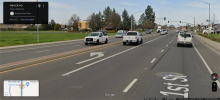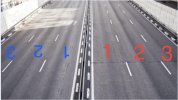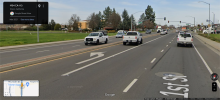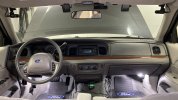@Panzer Platform Don't over-think it!
I guess I am overthinking it.
I’m feeling a little overwhelmed because I’ve never tested a telephoto before.
Members have been working on developing telephoto dash cams for over 10 years, and I think Viofo have been working on this one for over 3 years.
And now the first production telephoto dash cam from a major manufacturer is in the hands of the least qualified tester, (me). Lol
So I’m trying my hardest to not screw things up by providing testing results that might tarnish the reputation of telephoto dash cams, Viofo, and member’s diligent decade of work.
It would be interesting to see side-by-side tests of your two telephoto cameras, one with and one without CPL.
Doh!
I only asked for (2) telephoto cameras, (one for front windshield, one for rear window).
But I have (3) “master” A229’s.
I should have asked for a 3rd telephoto camera.
Also, because I want to test the viability of mounting the telephoto on the front windshield, but shoot out the rear window.
We often see posts of owners of Mazda Miata, Corvette, Porsche, Audi R8, Lamborghini that are unable, or unwilling to mount a traditional “rear” camera from a 2-CH system on the rear window.
In the past rear facing telephoto cameras have been used in this application like the Nextbase, and Cansonic but the fundamental problem is the issue of vibration from a hanging stalk design.
Not to mention only 1080p resolution, and no HDR.
Have a look at these videos to see what I’m referring to;
The interesting questions for me are:
a) Can the telephoto read the number plate, and up to what speed?
b) Does the telephoto out-perform the standard wide angle camera?
I aim to answer these questions.






